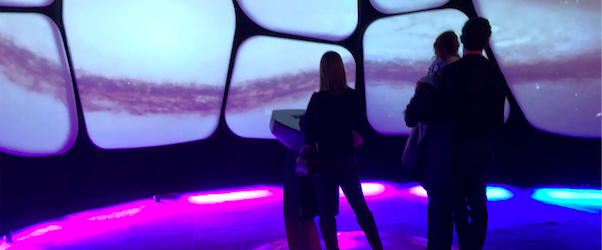Not everybody feels that cultural organizations are "places for people like me."
It probably won’t surprise you: Despite hard work within the sector to shed perceptions that museums and performing arts organizations may be unwelcoming, many people still don’t feel welcome. For them, certain cultural organization types aren’t “places for people like me.” At IMPACTS, we call these sentiments negative attitude affinities, and we measure them in order to help us understand how to better engage new audiences. Negative attitude affinities aren’t only about racial or ethnic diversity (although, indeed, being white, non-Hispanic is the most-shared attribute of...Sign in to KYOB+
Not a member yet?
Never miss the latest read on industry data and analysis.




